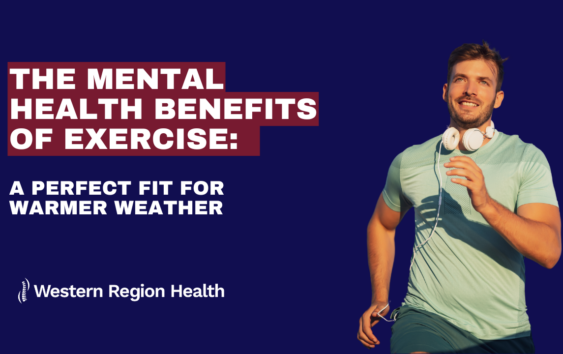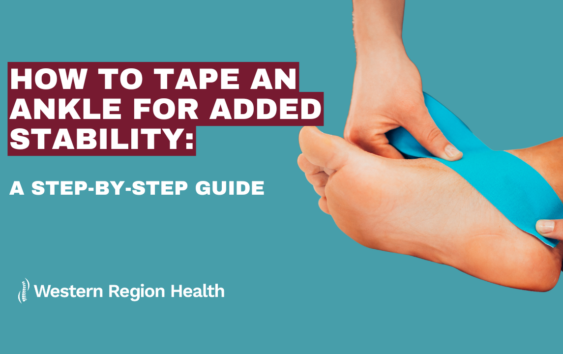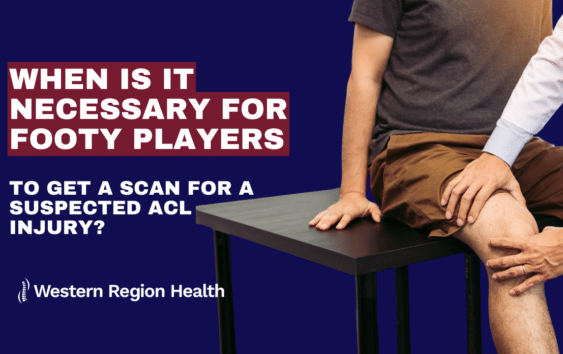General | September 21, 2020
5 COVID-19 Approved Ways to Stay Active During the Pandemic
By Amanda Chandler – Intern Osteopath
Let’s face it, keeping active can be difficult at the best of times… Let alone when gyms, sporting clubs and fitness studios are closed. The last thing we need is another excuse to put our physical (and mental) health on the backburner. Fear not, as there are many ways to keep active during these unpredictable times.
How much, how often and what are the benefits?
The Heart Foundation recommends 2.5-5 hours of moderate-vigorous intensity exercise per week for an adult. If we break that down, that’s just half an hour to an hour of exercise a day. Two of which should be muscle strengthening days. This isn’t too bad when considering some of us have a little extra time up our sleeve now… and yes, that includes those that have been relocated to working from home. No commute, remember?
Alongside managing weight, regular exercise has many benefits including reducing the impact of stress and anxiety, lowering blood pressure and reducing the risk of some fractures, heart disease and type 2 diabetes. All vital aspects to a good happy life.
5 ways to stay active during the pandemic
1. Walking
Walking is a form of exercise that is often taken for granted. Let’s not forget that walking is a free form of exercise that gets us out into the sunshine and compliments any health regime.
*A tip
Create goals to make walking more exciting. This could be distance or step related goals such as 4km or 10,000 steps a day. Did you know that iPhones and androids have a health app that tracks your steps and distance while you’re walking?
2. Resistance training
Resistance training is great for strengthening and defining your muscles. The possibilities are endless with resistance band training and is a great way to ‘feel the burn’ that many of us are missing during this time.
The beauty of resistance training is that you can target any muscle group, whether that be the glutes, back or biceps. Ask your osteopath how you can incorporate resistance training into your health and management plan. If you are not sure where to get resistance bands, they can be purchased at the clinic at the time of your next appointment.
3. Online classes
Online workout classes are a great option when you struggle to motivate or push yourself to get in that extra repetition. On YouTube the options are endless, from Zumba to strength sessions or even Pilates classes for those missing their in-clinic Pilates classes during this time. If online classes don’t do it for you, book a one-on-one Pilates session with your osteopath. They will be sure to keep you motivated and moving well.
4. Jump rope
Jump rope (or skipping) is an old favourite for many… and rightfully so. Skipping is a high intensity full body workout that is bound to get your heart rate up. Dust off the old rope and get jumping!
5. Incidental exercise
Yes, you read that right, incidental exercise! This includes gardening, spring cleaning, washing your dog, choosing to park further away from the supermarket entrance to increase the walk and the list goes on. Essentially, keeping busy is the key to this mode of activity. There is really no excuse to be inactive during this time.
And remember! Sitting means we aren’t fitting into our clothes after COVID-19.
Please note, the advice above is generalised and may not be specific to your situation. Please contact one of our osteopaths or another health care provider to provide specific advice based of your individual circumstance.
References
Diabetes Australia. Exercise.
https://www.diabetesaustralia.com.au/exercise
Heart Foundation. Physical activity and your heart health.
https://www.heartfoundation.org.au/heart-health-education/physical-activity-and-exercise
World Health Organization. Physical activity and adults.
https://www.who.int/dietphysicalactivity/factsheet_adults/en/
Department of Health. Exercising and staying active during coronavirus (COVID-19) restrictions.


